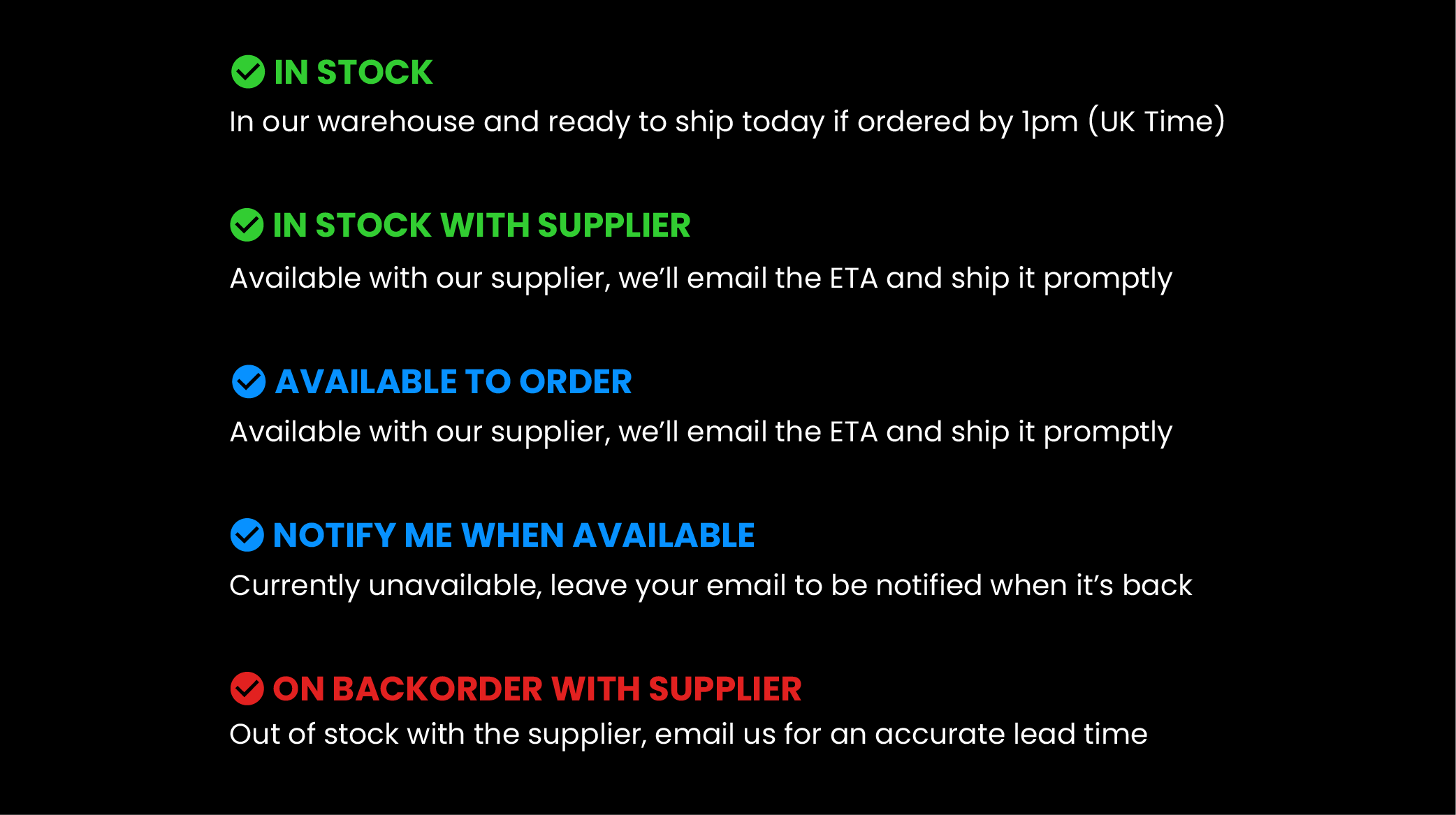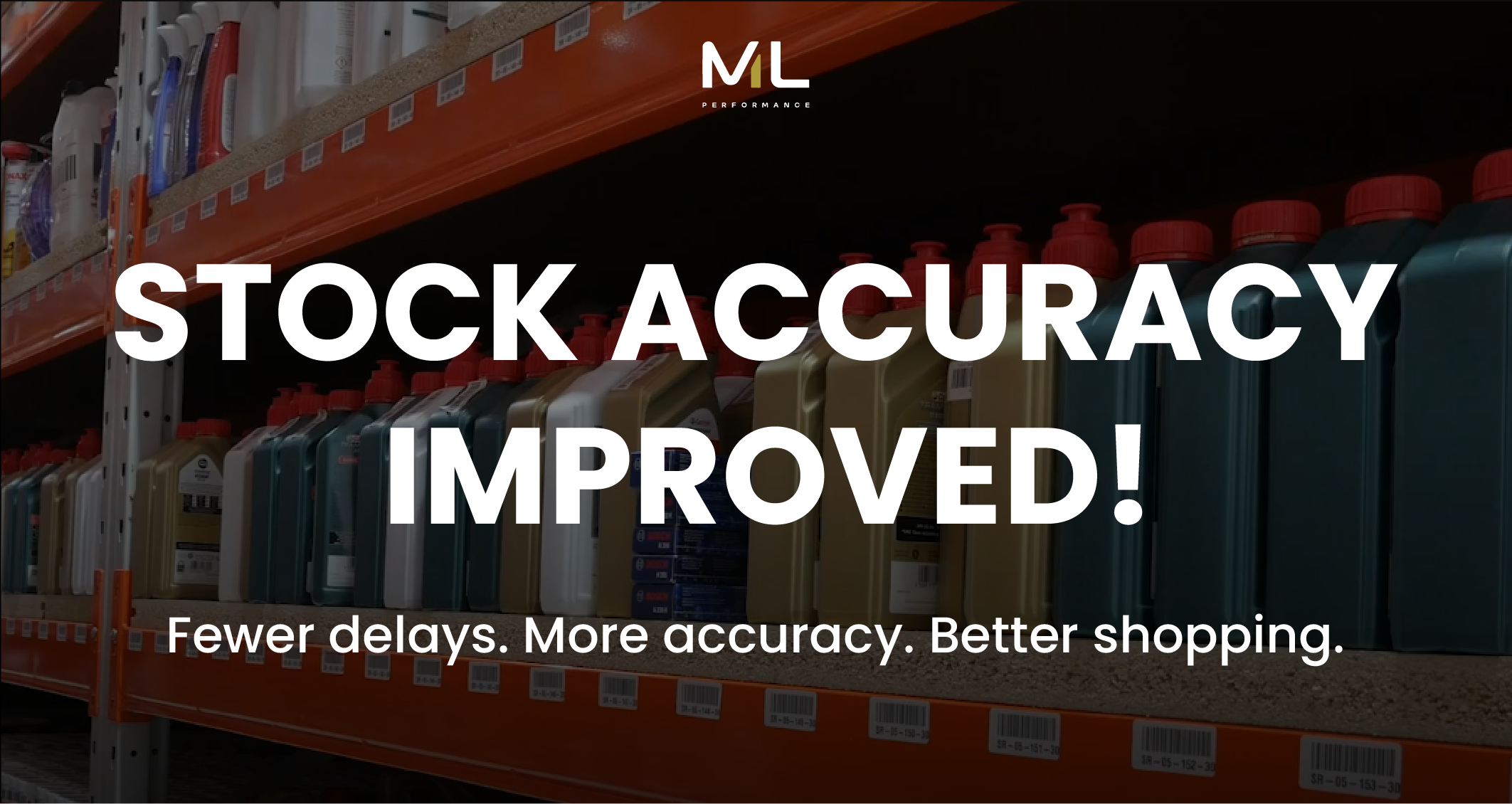If you want to amp up the performance of your car, then you have probably considered upgrading your OEM intercooler. You’ve undoubtedly also questioned if you really need to install an intercooler and whether it will do its job? Fret not! By the end of this article, you will know all you need to know and how to choose the right intercooler for your car. There are a few factors that need to be taken into consideration before getting an intercooler.
1. Type of intercoolers
Air-to-air
The air-to-air intercooler is one of the most common variants, which work by forcing compressed air through a network of tiny tubes and past a multitude of cooling fins. The heat from this hot compressed air is absorbed by the cooling fins which are subsequently cooled by the flow of outside air as the car moves. Upon passing through the intercooler, the cooled compressed air is sent to the engine’s intake and as science tells us, the cooler the air, the denser it is, improving a car’s engine performance. Air-to-air intercoolers are the most preferred choice among turbocharged vehicles due to their simplicity, light-weight and low cost.

Air-to-air intercooler diagram. Image courtesy of www.mishimoto.com
Air-to-water
As it implies, the air-to-water intercoolers use water to cool the compressed air. Cool water is injected through the unit, which absorbs the heat from the fins, cooling the air as it passes through. The water is kept cooled by circulating through a radiator before returning to the intercooler.

Air-to-water intercooler diagram. Image courtesy of www.mishimoto.com
2. Core Configuration
Bar and Plate
The design of a bar and plate core can work more efficiently under high-heat environments while also transmitting heat more effectively. The thickness of the braze sheets, sidebars, fins and top plate determines its ability to handle high boost. Also, the heavy core structure of these intercoolers produces thermal inertia which means the core takes longer to heat up under load but it also takes longer to cool down when the load is reduced. To simplify the terminology, most aftermarket intercoolers are bar and plate which is what we recommend as it is sturdier and perfect for daily drivers but isn’t as suitable for racing applications.

Tube and fin
The light core used in this allows a rapid transfer of heat. Temperatures will be released faster than the bar & plate design. This is ideal for track users because cooling performance is much more dynamic as it varies according to how much load is applied. However, although the tube and fines are lighter, they are more susceptible to damage on front-mount applications. These types of intercoolers are prone to heat soak which can result in overheating of the intercooler reducing its ability to cool the intake air.

Image courtesy of Mishimoto
3. Connector type
OEM quick connectors vs silicone hose connectors
Typically, OEM quick-connect connectors are ideal for street applications and occasional track. However, some users find that intercoolers with larger inlets/outlets and silicones hose end connections flow better, therefore these are best suited for situations that demand the maximum performance as silicone hose connectors can withstand high temperatures and pressures. The larger 7.5" MASATA intercooler, for instance, has hose connections rather than quick-connect connectors.
4. Size
Large-sized intercoolers
Bigger isn’t always better. If you opt to get an oversized intercooler, the turbo would not be strong enough to push the air through the intercooler at an efficient rate, which results in a pressure drop. This decelerates the airflow through the intercooler which then affects the engine performance because the air is no longer moving as quickly into the engine and the intercooler, resulting in the air not being cooled as effectively. Hence, obtaining a larger intercooler also produces greater turbocharger lag and more drag throughout the system.
Small-sized intercoolers
On the other hand, too small intercoolers will keep the pressure high. When the pressure is high, air flows too quickly, resulting in very little cooling as it goes through the intercooler; and thus, the air entering the engine remains hot. Again, this can have an impact on the engine performance. Less volume of air, also means hot air is less dense. Hot air can cause the engine to run lean, potentially leading to pre-detonation or the ECU may even delay ignition timing, consequently reducing power.
It is therefore rather important to choose the right size of intercooler for your vehicle. The MASATA intercoolers are made for specific car models, thus, they are precisely designed for the perfect fit and sized based on the tuning options for that engine to offer improved performance. If you desire more power, then swapping your factory intercooler for an upgraded MASATA intercooler is a safe an effective way to obtain better turbo spool, lower inlet temperatures making more power at similar or higher boost levels. Ultimately, you will be able to drive your vehicle harder for longer periods of time.

Masata Race Intercooler and Stepped Performance HD Intercooler for BMW N54/N55 (135i & 335i)
These are the four top factors to be taken into account before getting an intercooler installed in your car. Well-built intercoolers should strike a good balance between high cooling performance, low-pressure drop and built-in specifically for each vehicle. The MASATA BMW N54/N55 Intercooler is designed to give your car that little extra ‘oomph’ in terms of performance as they have an excellent flow rate and charge cooling properties.
Looking to upgrade your intercooler?
We offer fitting services at our workshop Xatrix, based in Lyne, Surrey. Feel free to get in touch with us for any enquiries or quotes HERE

























